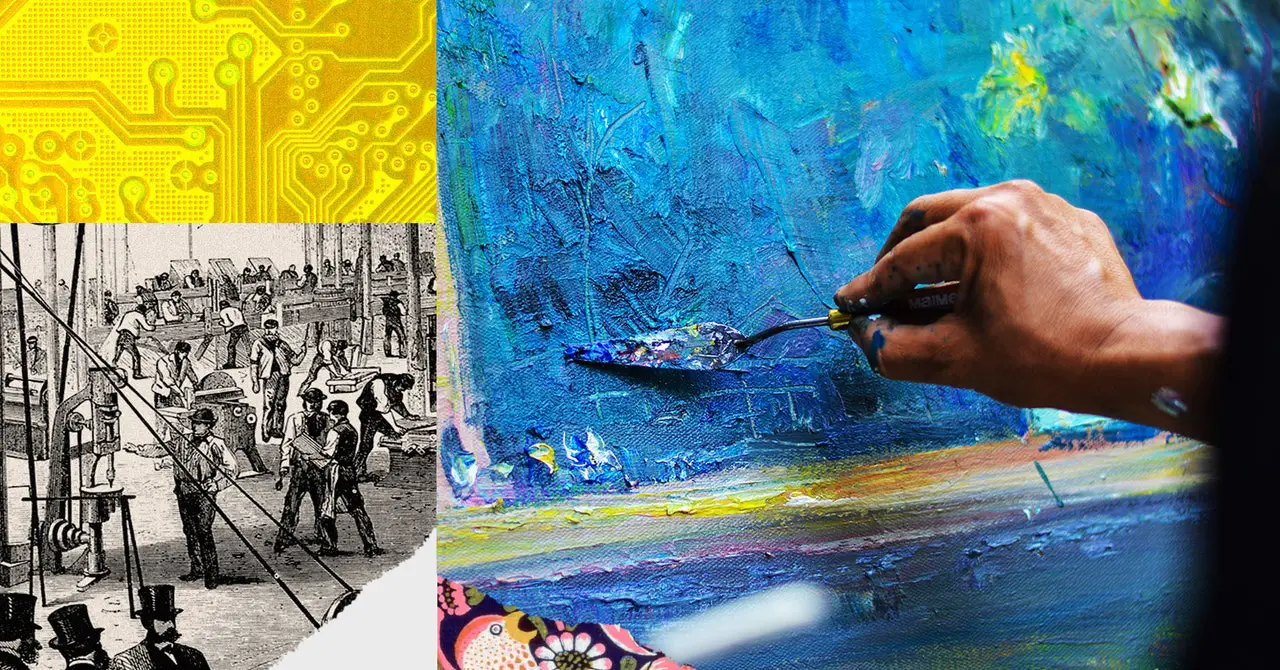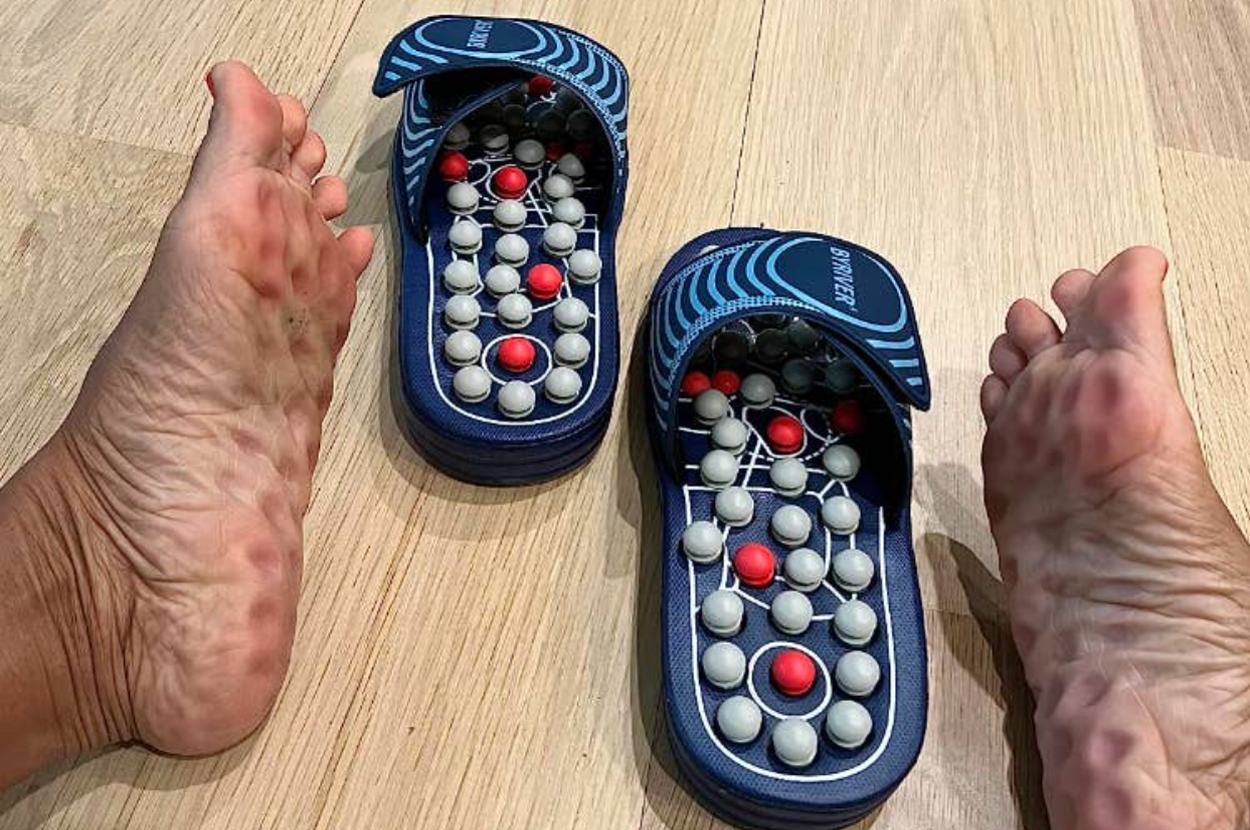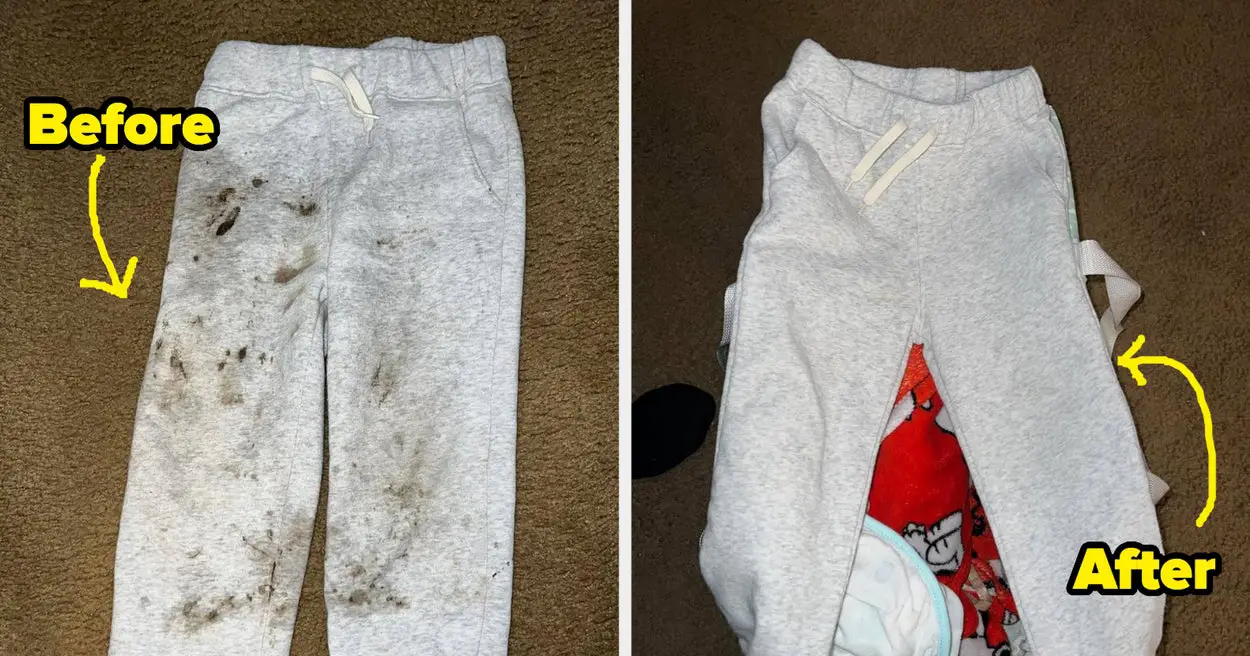These new interfaces are a notable development that could change how we experience VR. Olfaction is a powerful sense and a prerequisite for our mouths to detect flavor. The possibilities range from the obvious—sniffing a virtual flower field or inhaling VR food—to some less obvious applications. For example, perfumeries could test fragrances virtually.
Medically, scent-equipped VR could be helpful for people who have anosmia, or an inability to smell, according to Yu. Scents can also be therapeutic for patients with memory issues and might even help with mood. Yu told me he noticed he felt happier when he used the green tea scent in his tests. He realized that the smell was nostalgic: “When I was little, I’d have some chocolate with a green tea flavor,” he recalled. “I still remember peeling off the wrapper, and how I loved the smell.”
What stands out about these new interfaces is that they are light, small, and wireless. While the device wasn’t tested directly with a VR game, platform, or specific device, the fact that it can be used without clunky wires should mean fewer tangles, less bulk, and a more immersive experience.
One drawback is that the interfaces remain limited in scope. Yu used 30 different scents chosen for their distinctive, recognizable odors, like rosemary and durian. But many real-life scents are less memorable and might not be as recognizable. Additionally, the miniaturized odor generators have yet to be programmed to work smoothly with existing VR headsets. “It’s hard to say how this would work in a commercial interface,” Brooks says.
Yu says next steps include testing mechanisms to release scents at the right moment. He also wants to start incorporating what he’s learned about smell into figuring out how to introduce taste in VR. Perhaps one day he can replicate the experience of biting into a green- tea-flavored chocolate candy.
Source link










Leave a Reply